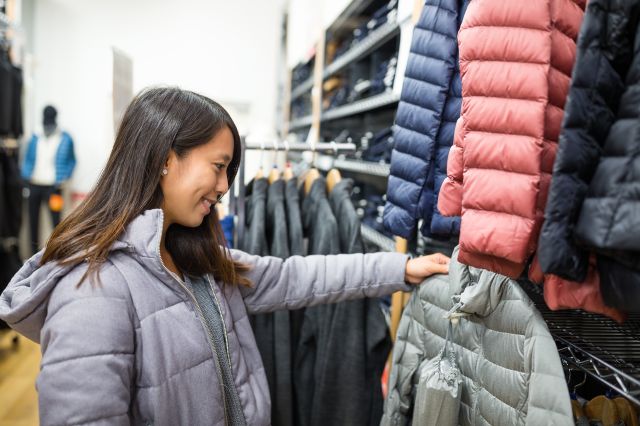A new life in Canada? We will help you settle in. A new bank account, finding a job, a place to live and something to drive. Hear stories and tips from other newcomers.

Here are way for newcomers to Canada to help demonstrate their reliability to a landlord, even without a Canadian credit history or employment letter.
Moving to Canada can be overwhelming, but this comprehensive checklist of all the things to do in your first year can set you up for success. Learn…
Everything you need to know to prepare for getting your driver’s license in Canada: driving tests, buying car insurance, and the rules of the road.
Here's how to navigate the challenges of finding a great home as a newcomer to Canada.
More From Settling in Canada

Giving back to the community is valued in Canadian society, but it’s also a great way for newcomer to Canada to gain Canadian experience, showcase…

Getting ready to rent your first apartment or home in Canada? Before you sign your legally-binding lease, make sure you get answers to all of these…

Learn about family health basics in Canada, such as the process for finding a family doctor, tips to help you choose between a paediatrician and a…
Product Solutions
RBC Newcomer Advisors
RBC Newcomer Advisors will help in settling into your new life in Canada

Canada’s healthcare system is managed by its provinces, and there are slight differences in eligibility requirements and coverage. Once you’ve…

Canadian winters are notoriously cold and snowy, and from newcomers used to warmer climates, it’s important to learn how to bundler up and dress for…

Everything you need to know to prepare for getting your driver’s license in Canada: driving tests, buying car insurance, and the rules of the road.


